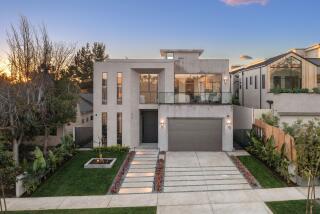Critics aghast at proposal to make classical America’s ‘default’ architectural style
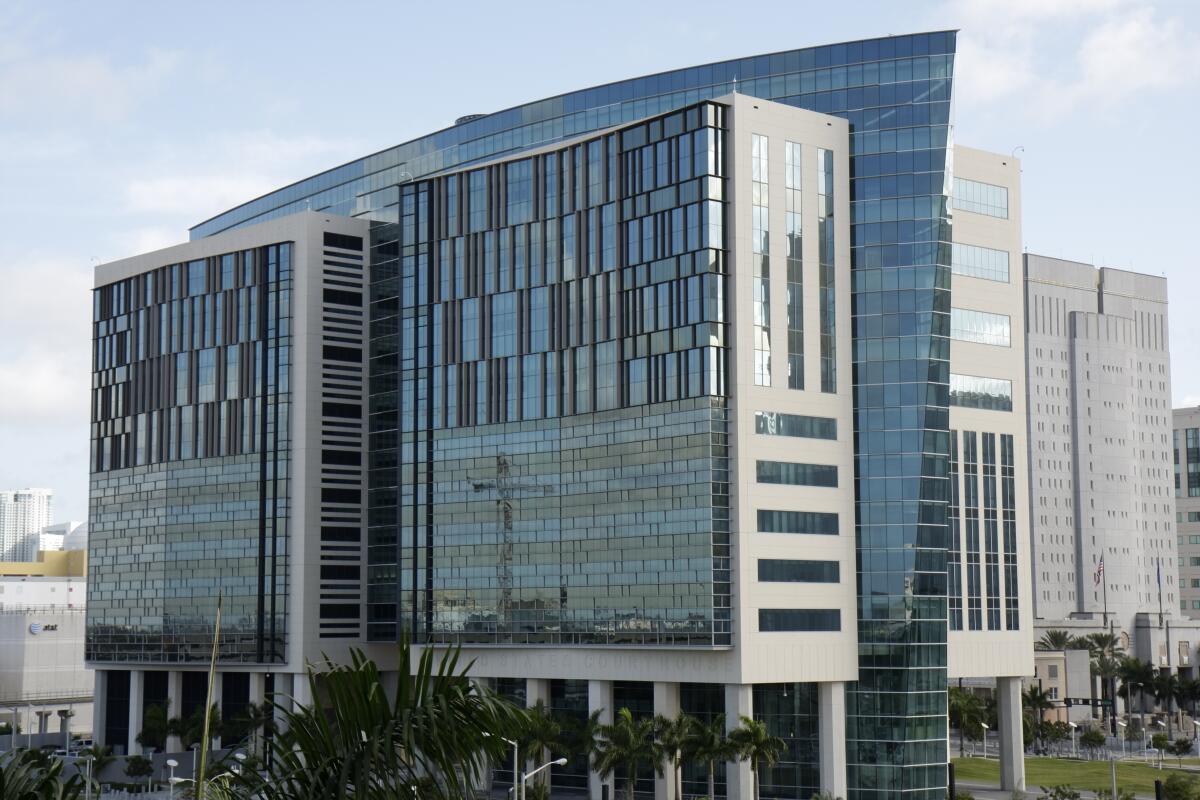
HOUSTON — Should all federal buildings look like the U.S. Supreme Court?
A group that opposes modern architecture has drafted an executive order, titled “Making Federal Buildings Beautiful Again,” that it hopes President Trump will sign. The order would make the classical style — which originated in ancient Greece and Rome — the default design for federal buildings.
“The federal government has largely stopped building beautiful buildings the American people want to look at or work in,” the order states. “Classical and traditional architectural styles have proven their ability to inspire such respect for our system of self-government. Their use should be encouraged.”
The order praises classical hallmarks including symmetrical pediments, columns and arches and condemns the modern Brutalist and Deconstructivist styles. It singles out certain federal buildings as having “little aesthetic appeal,” including the federal building in San Francisco designed by Culver City-based Morphosis, as well as modern courthouses in Miami and Austin.
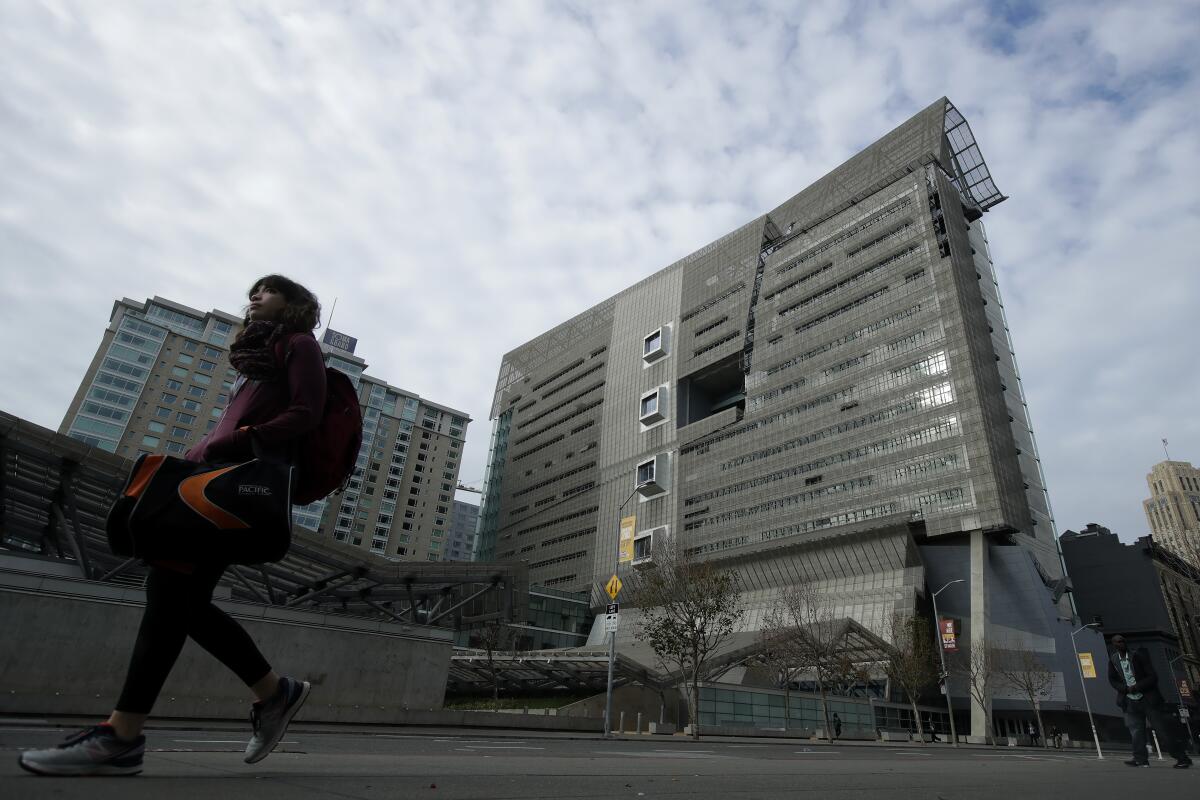
Critics have reacted with outrage, with some saying the proposal is reminiscent of orders from totalitarian regimes in Nazi Germany and the Soviet Union.
“There’s no link between style and quality — there are good and bad works of architecture in every style,” said Christopher Hawthorne, the chief design officer of Los Angeles and a former Los Angeles Times architecture critic. “Governments move onto dangerous ground when they begin to dictate the limits of any art form, and to mandate classical architecture as a default would be to dramatically reduce the pool of qualified architects for federal projects.”
The order, drafted by the nonprofit National Civic Art Society, would affect the design of any federal building contracted through the General Services Administration that costs more than $50 million, including office buildings and courthouses. Its authors hope Trump will sign it within the next month, though the White House has not indicated a decision.
“There has been a growing frustration from many quarters about the opaque, unaccountable and undemocratic processes by which these decisions are made,” said Marion Smith, the group’s chairman.
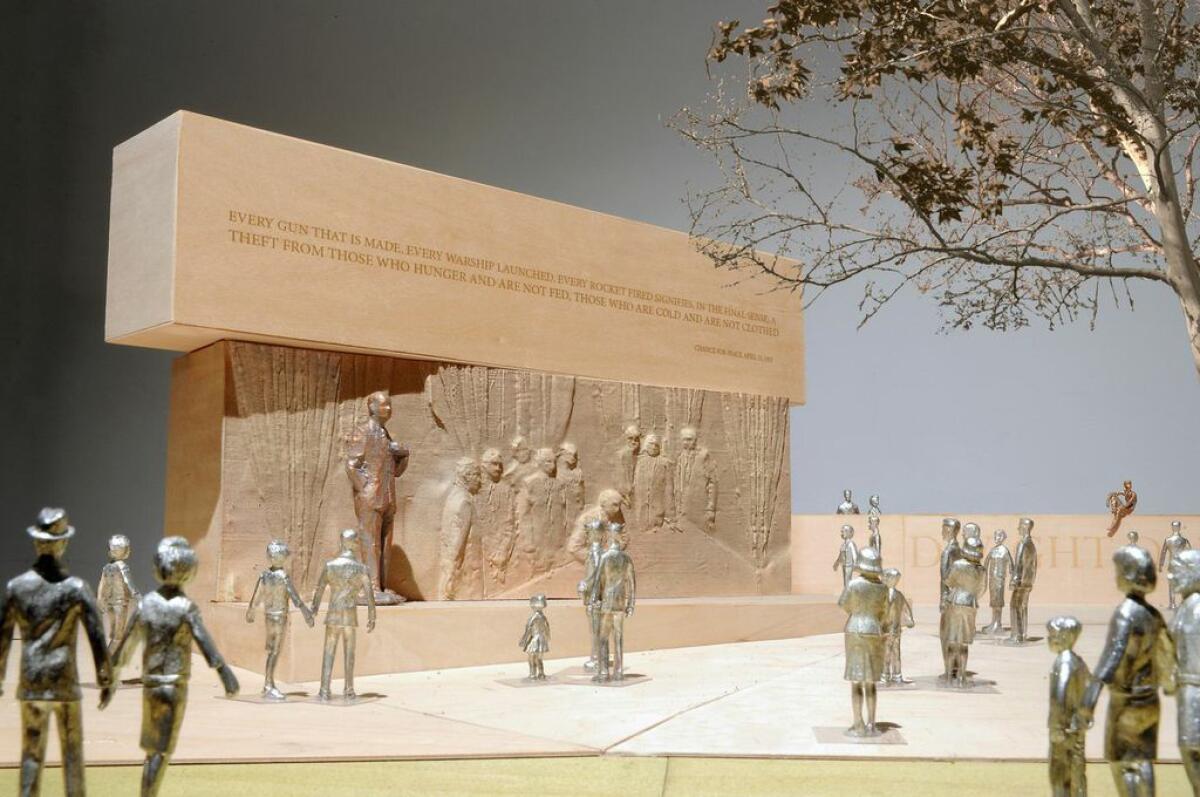
Smith said the General Services Administration historically favored “modernist designs the public just doesn’t like,” such as the controversial Eisenhower Memorial, which was designed by Los Angeles-based modern architect Frank Gehry and is under construction on the National Mall in Washington. Its design was revised due to criticism from lawmakers and President Dwight D. Eisenhower’s family.
Smith said the steel, concrete and glass in modern buildings like the FBI headquarters in Washington (which Trump has repeatedly criticized) fall apart, while classical buildings “have lasted for millennia.” He did not mention deferred maintenance, neglect and lack of infrastructure spending, which civil engineers have repeatedly cited in describing why public spaces in America are in peril.
Sen. Mike Lee (R-Utah) praised the proposed order in the Federalist on Friday, saying it would “drain the Swamp of its embarrassing fetish for eyesores.”
Lee said classical buildings “give life to America’s democratic values and republican virtues. Their balanced proportions echo Americans’ moral and constitutional commitment to universal equality. Their stability embodies the strength and durability of America’s unique form of government.”
Judd Deere, a White House spokesman, declined to comment on the proposed order Friday.
The proposed order would overturn nearly six decades of practice. The Guiding Principles for Federal Architecture, drafted in 1962 by the future senator Daniel Patrick Moynihan and presented to President John F. Kennedy, states that “The development of an official style must be avoided” and that “design must flow from the architectural profession to the Government and not vice versa.”
After news of the order was reported Tuesday by the Architectural Record, it sparked outrage among architects who worry it would restrict not only their creativity, but also their ability to develop buildings that fit cities’ unique styles.
Architect Mack Scogin defended the design of Austin’s federal courthouse, saying he and his partner in Atlanta worked on the building with a local architect, judges and others. A classical design wouldn’t fit their needs, the compact parcel or the surrounding neighborhood, where high rises have since sprung up around it in the creative tech hub, he said.
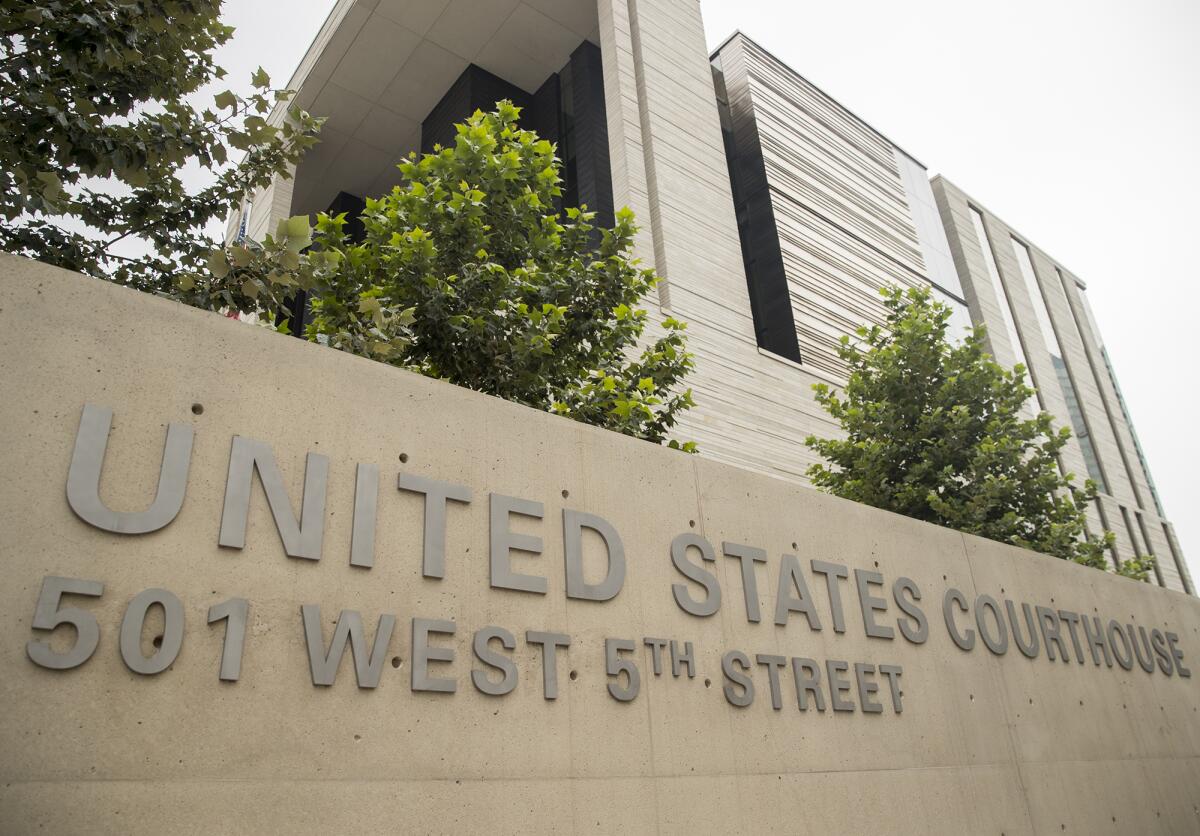
“One of the tenets in building courthouses is not only to be a good neighbor but to help the city generate character and be a player in the growth of the downtown, which is exactly what happened there,” Scogin said. “It really does reflect the life of that city. They’re very proud of saying Austin is weird.”
Scogin fears the proposed order would restrict such local input into the design of federal buildings.
“The ones that are not classical really come from the heart and soul of the places that they’re in,” he said, such as the 1940 Art Moderne federal courthouse in downtown Los Angeles, later designated a national landmark. The building is beloved even though it “doesn’t have a pediment and columns around it.” (Its even more modern replacement, the SOM-designed federal courthouse described as a “floating cube,” opened nearby in 2016.)
“To say there’s one style of architecture, it doesn’t touch the American spirit, where you have a democracy,” Scogin said, adding that if the federal government listens to the people, “You’re not going to get every building that looks like the Supreme Court.”
Criticism of the order by architectural groups mounted this week. The National Trust for Historic Preservation, the American Society of Landscape Architects and the American Institute of Architects have since issued statements opposing the order.
“Architecture should be designed for the specific communities that it serves,” the institute said in a statement, “reflecting our rich nation’s diverse places, thought, culture and climates.”
More to Read
Sign up for Essential California
The most important California stories and recommendations in your inbox every morning.
You may occasionally receive promotional content from the Los Angeles Times.


